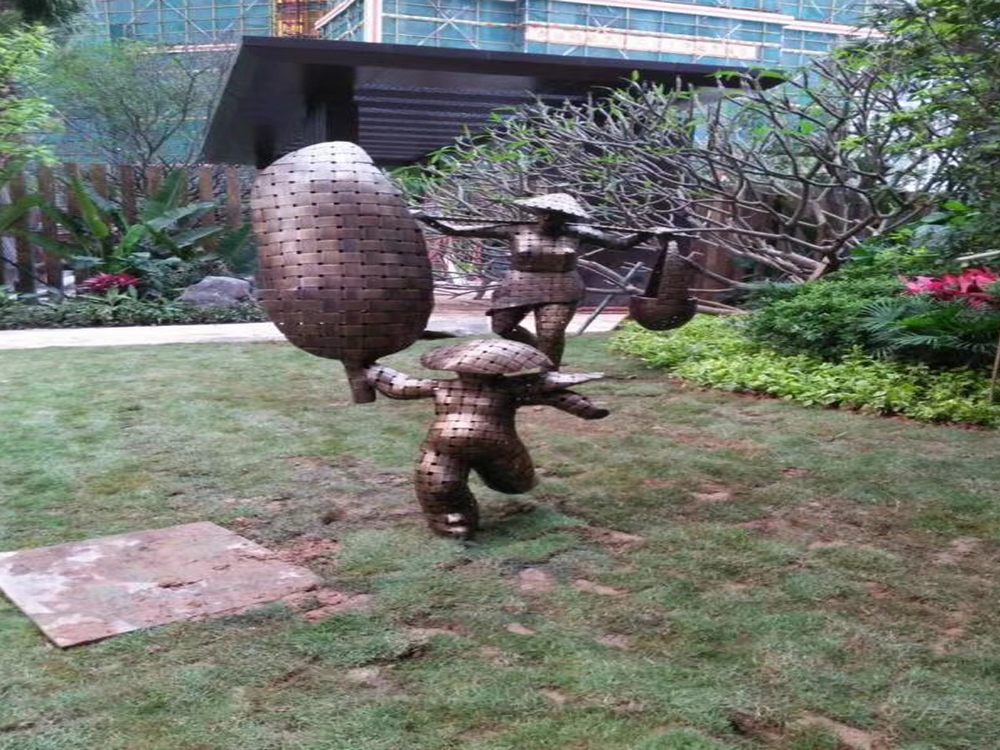
Stone sculptures, often displayed in public spaces, face risks like vandalism and theft. Artists employ multiple strategies to protect their creations. Physical barriers such as fences, glass cases, or raised platforms deter direct contact. Some embed GPS trackers or microchips for recovery if stolen. High-traffic locations with natural surveillance reduce vandalism opportunities, while motion-activated lights or cameras add security.
Legal measures like copyright registration and visible signage asserting ownership discourage theft. For high-value pieces, artists may use tamper-proof mounting systems or chemical coatings that reveal damage. Community engagement—educating locals about the artwork’s significance—can foster collective protection. In extreme cases, replicas replace originals in vulnerable areas. Combining these methods helps preserve sculptures while balancing accessibility and safety.

